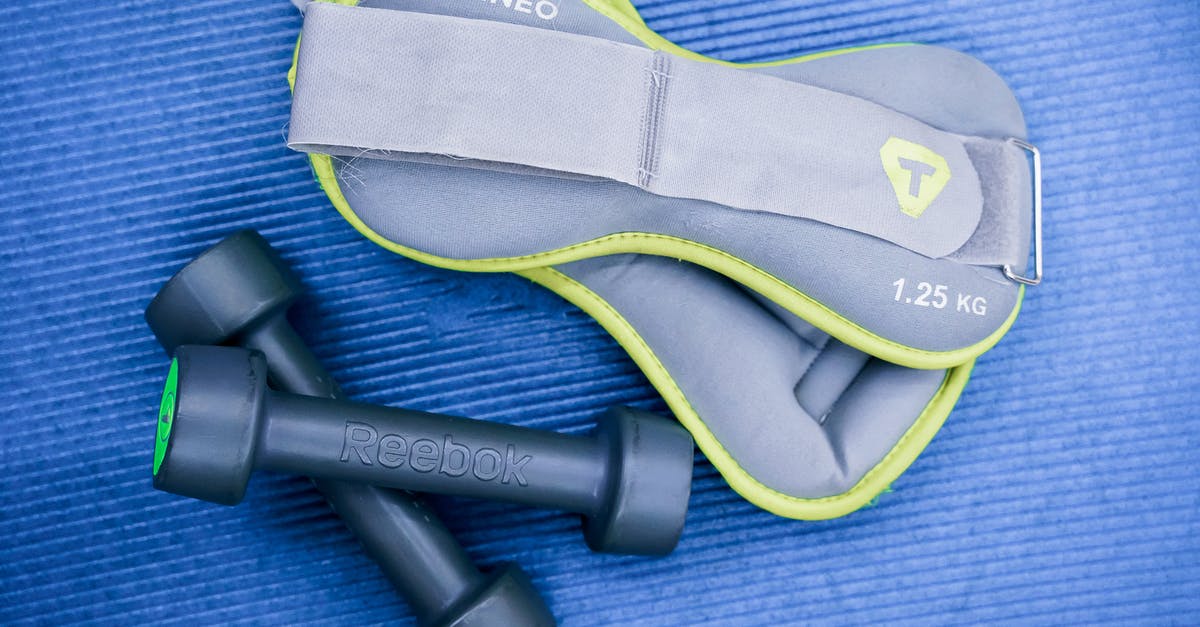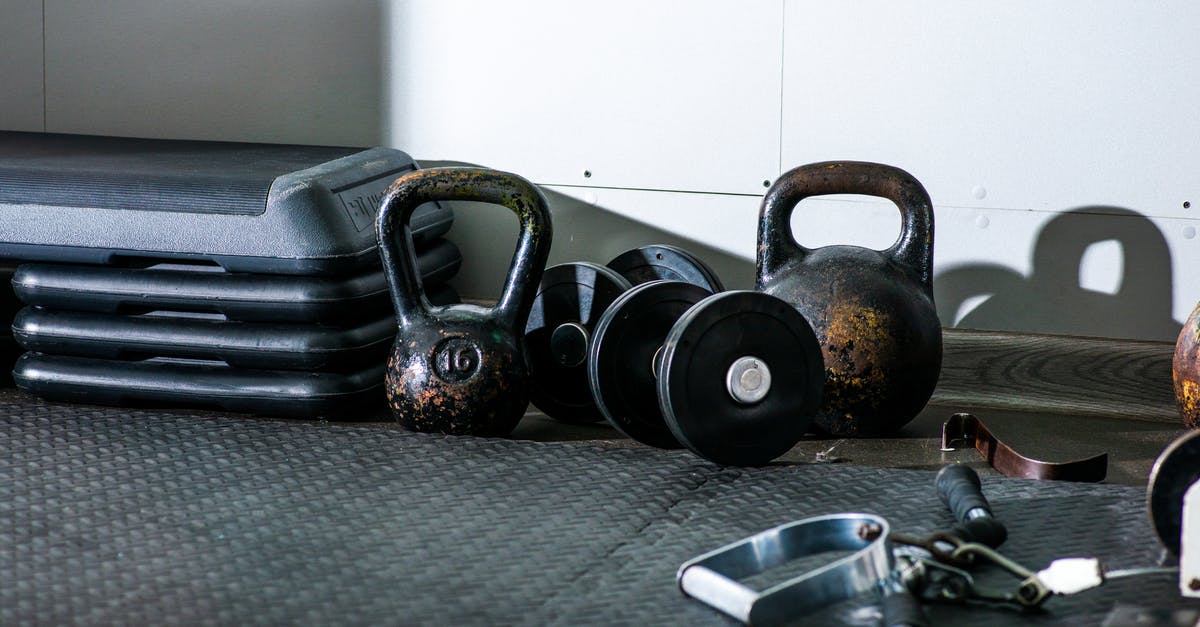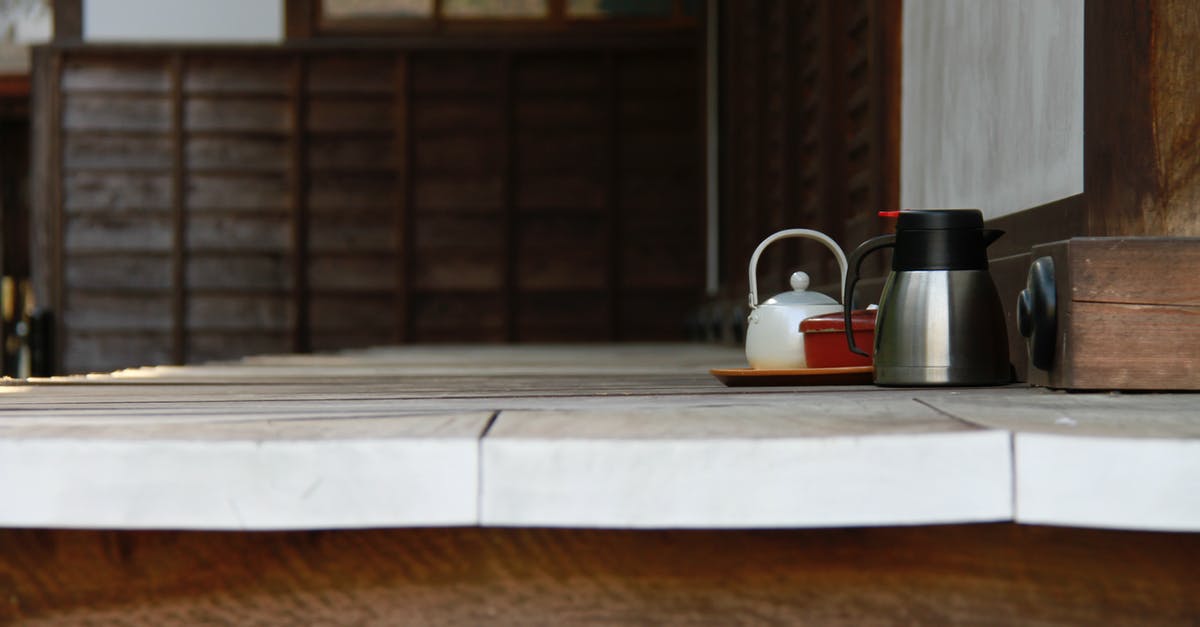What determines whether a sherbet will set or not?

A couple nights ago I was watching the Food Network show Chopped and one of the contestants made sherbet. Because the contestants are limited to 30 minutes to prepare their desserts, the contestant who made the sherbet made a mistake and the sherbet did not set.
From what I can understand sherbet is very similar to ice cream but it usually contains much less dairy and is fruit flavored.
It is getting warm and I am very interested in making my own sherbet recipe using fresh fruit but before I can do that, I need to know what makes sherbet set. Is there a minimum fat ratio I need to meet(using milk/cream) or is there something else that determines whether the sherbet sets or not?
EDIT: By set I mean actually freeze and turn into the expected sherbet texture. I have seen other contestants make ice cream and sherbet in the past within 30 minutes. I guess my question really is what ingredients in sherbet inhibits it from freezing?
Best Answer
There are several things that keep frozen desserts (ice cream and sorbet, not just sherbet) from freezing into a block of ice. They're essentially all the ingredients besides water. If you have too little of these things, you'll have very hard ice cream; if you have too much, it might never get firm enough to scoop in your freezer.
Fat - ice cream is the easiest to get soft, since it contains the most dairy, but this works on sherbet too. The more cream, the softer. But even butter freezes hard, so this isn't going to keep it from setting.
Sugar - this is pretty easy to vary in all frozen desserts. It'll have a noticeable effect on softness, but reasonable quantities won't make it too soft.
Alcohol - obviously you won't always want to use this, but the right alcohol often goes very nicely with sorbets. Enough alcohol would of course keep it from setting, but it takes a lot. A sorbet made from wine, sugar, and strawberries still sets, though it's quite soft.
Air - this gives the dessert a softer, fluffier texture, but of course won't ever stop it from freezing. Make sure to churn things long enough, though you can only ever do as well as your ice cream machine lets you.
Additives - gelatin is the main one that's common in kitchens; guar gum, and xantham gum are next up. There are also various stabilizers for keeping ice cream smooth.
I don't think I've ever seen a recipe for a frozen dessert that wouldn't set at all. It takes an awful lot of fat, sugar, or alcohol just to get it too soft. My best guess in the case of what you saw on TV is that she either went overboard with some kind of additive, or didn't manage to properly freeze it. Note that with home ice cream makers, things will be at least a bit too soft coming straight out of the machine - but they'll set much harder in the freezer.
In practice, if you're making your own, the problem you'll reliably have (especially with random recipes online) is that it's too hard. Storebought frozen desserts if anything tend to have more sugar and fat than you'd use at home, and often have additives to soften and stabilize on top of that. So most things you make at home will tend to be harder than what you buy in the store.
Credit where it's due: I learned some of this from the introduction to The Perfect Scoop by David Lebovitz; a lot of similar information is available in this post on the author's blog.
Pictures about "What determines whether a sherbet will set or not?"



How do you fix runny sorbet?
If your sorbet is too soft or melty after churning and freezing:What is the consistency of sherbet?
Today, sherbet contains egg whites, milk, or gelatin (or a combination) to give it a creamy consistency, while sorbet is made without gelatin, eggs, or dairy products (though it may have pectin or vegetablebased thickeners).How does sherbet stay soft?
Some pastry chefs use stabilizers and ant-crystallization agents in their ice creams and sorbets to keep them smooth. Many are pectins and alginates are derived from seaweed or glucose.Is sherbet supposed to be soft?
Sherbet is not quite ice cream and not quite sorbet. It is made with fruit and water, but also has the addition of dairy\u2014usually milk or buttermilk. This gives it a slightly creamier texture than sorbet, as well as a lighter, pastel color.How to make fizzy sherbet! I Live Experiments with Jon Chase for SORTEDfood I Head Squeeze
More answers regarding what determines whether a sherbet will set or not?
Answer 2
What might be at issue is the specific gravity of the mixture. That is to say the ratio of sugar to water in a sorbet but also similar in other frozen desserts.
If you have too much of one and not the other the mixture will either freeze rock hard or need a much lower temp to obtain the desired solidity.
I found a reference from a website about creating an easy hydrometer using an egg that will let you know about where you stand (it works quite well). It's very useful to test your mixture especially if making a sorbet that has alcohol in it as that really messes with the way it will turn out. Make sure the egg has been cleaned well. Alternatively go buy yourself a proper hydrometer.
Here’s an old-fashioned trick that will help you get the right balance of sugar to liquid: Float a washed, uncooked egg (still in its shell) in the liquid; if the part that shows above the surface is the size of a dime, the sugar concentration is right; if it’s larger than a dime, the sugar content is too high. In effect, you’ve got a homemade hydrometer, which measures the specific gravity of the liquid. This is very useful when making sorbets with fresh fruit, since there’s no easy way of knowing the fruit’s original sugar content.
Hope this helps.
Sources: Stack Exchange - This article follows the attribution requirements of Stack Exchange and is licensed under CC BY-SA 3.0.
Images: Kseniia Lopyreva, Aldiyar Seitkassymov, Ruslan Khmelevsky, Alex Toi
